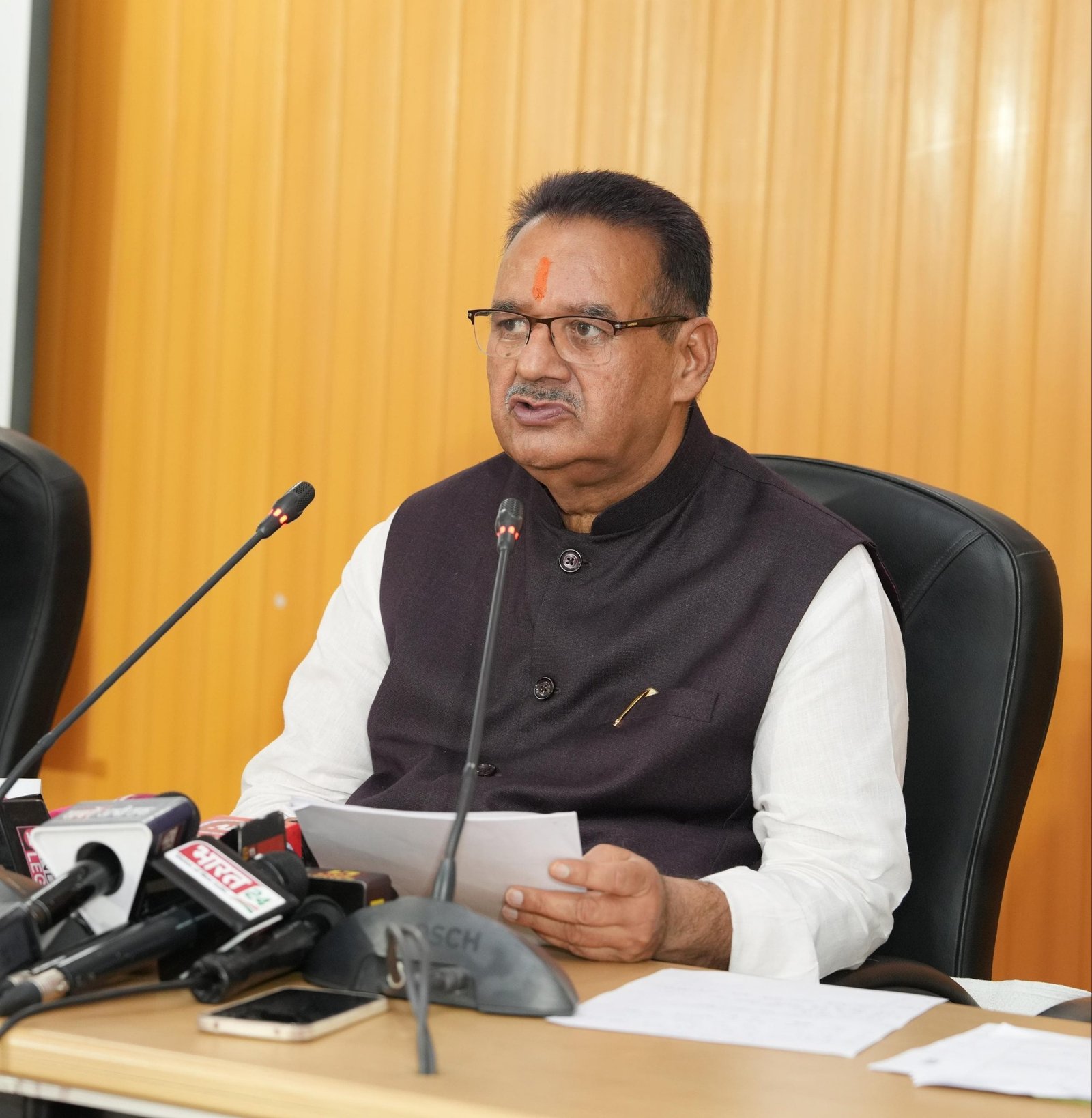Thursday, 3 July 2025

Ganesh Joshi, Minister of Agriculture, briefed the media on a number of significant efforts to change Uttarakhand’s horticulture and agricultural environment. According to him, the state administration has developed a unique millet policy and is committed to encouraging the production of millets. In addition to cultivating high-value fruits like kiwis and dragon fruit under horticulture, he said the government has made the promotion of traditional Barhanaja (twelve cereals) millets a priority, especially in the hills. He asserted that the goals of these programs are to boost self-employment, raise farmer incomes, and reduce migration from mountainous areas
Joshi emphasized during the press conference the state government’s intention to revive the traditional Barhanaja millet crops by implementing the recently announced Uttarakhand Millets Policy 2025–26 throughout the state’s 11 hill districts. The government would support contemporary and scientific methods of growing millets such Chena Millet (Proso Millet), Jhangora (Barnyard Millet), Kauni (Foxtail Millet), Ramdana (Amaranthus), and Mandua (Finger Millet) under this strategy. He asserted that by raising the incomes of farmers in the hills, this would increase self-employment and decrease migration.
Joshi added that there would be two stages to the Millet Policy’s implementation. In the first phase, which will run from 2025 to 2028, 30,000 hectares of millet will be cultivated extensively throughout the state’s 24 Development Blocks. In contrast, the second phase’s expansion of millet cultivation to 40,000 hectares of land over 44 Development Blocks is scheduled to take place between 2028 and 2031.
Joshi stated that important steps would be implemented as part of the policy, such as providing seeds and biofertilizers at reduced prices, guaranteeing an 80 percent subsidy. Furthermore, incentives of Rs 2,000 per hectare for direct sowing and Rs 4,000 per hectare for row sowing would be provided. Additionally, group-based assistance would be offered, increasing the incentives for adopting millet crops from Rs 150 per quintal to Rs 300 per quintal.
According to Joshi, who shared information about horticulture, the new Uttarakhand Kiwi Policy (2025–31) intends to establish kiwi orchards with 70 per cent state subsidies at an approximate cost of Rs 12 lakhs per acre. With a predicted rise in kiwi output from the current 382 metric tons to 33,000 metric tons, the scheme, which does not include the districts of Haridwar and Udham Singh Nagar, aims to cover 3,500 hectares and assist 17,500 farmers. A budget of Rs 894 crores would be used to carry out the project.
Information about the Dragon Fruit Farming Scheme, which will be put into effect until 2028, was also provided by the minister. According to him, this plan will encourage contemporary farming in seven districts. The plan, which aims to cover 228 acres and assist 450 farmers, offers a flat 80 percent subsidy for the installation of orchards. He disclosed that the Chief Minister State Agriculture Development Scheme, which has a budget of Rs 15 crore, is funding this project.
Joshi emphasized that in order to boost local job prospects, the Mukhyamantri Micro Food Enterprise Upgradation Scheme provides food processing facilities in hilly areas with a 25 percent top-up, or up to Rs 5 lakhs, helping 780 units. Joshi reaffirmed that the goal of these programs is to support local self-employment, especially in rural and mountainous regions. He said he was confident that policies that supported millet processing, high-value fruit cultivation, and group and cluster-based production would solve persistent issues like migration and unemployment.